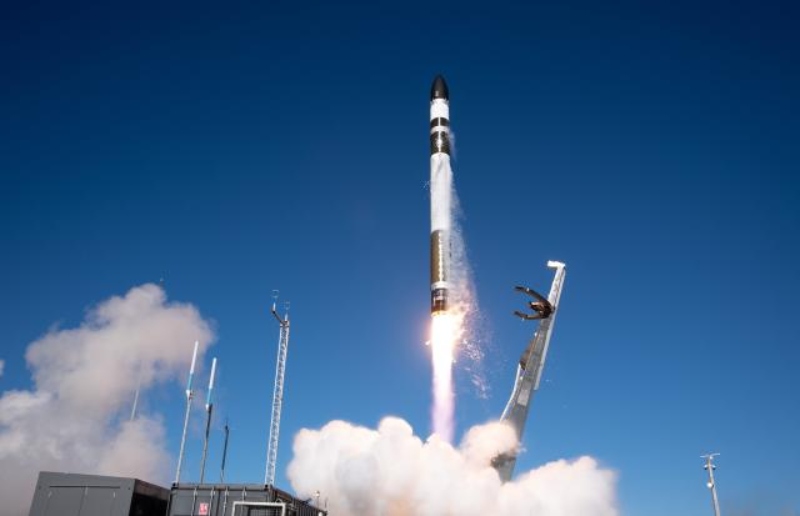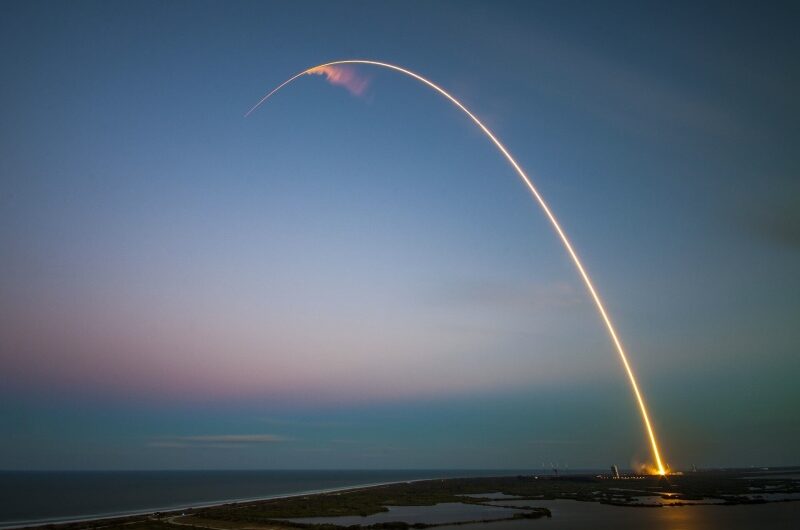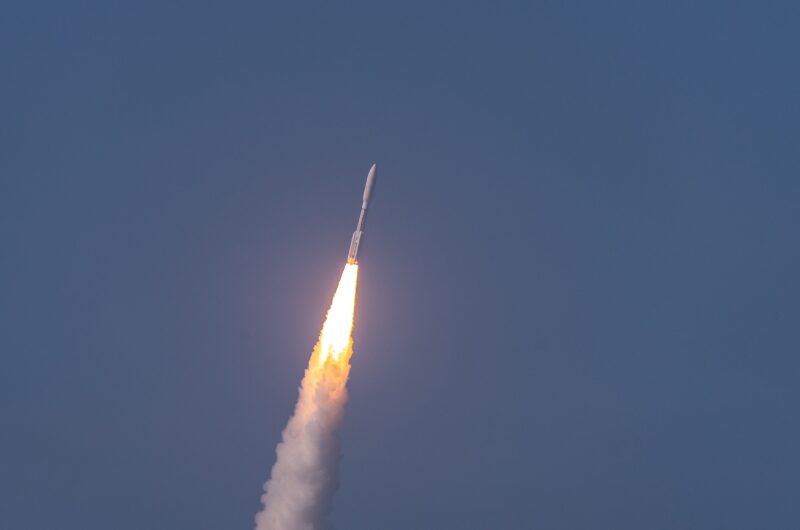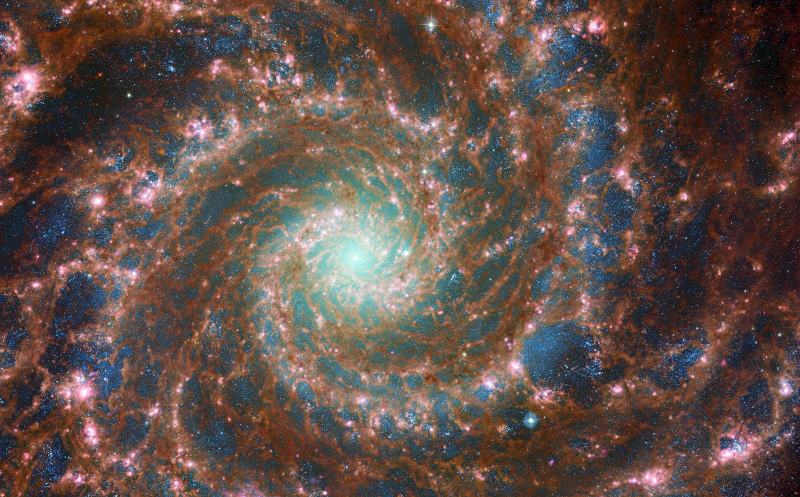Science
NVS-02 Problem Causes ISRO’s Historic 100th Mission to Hit a Roadblock
The Indian Space Research Organisation (ISRO) has encountered a significant obstacle during its 100th mission. India’s indigenous space-based navigation system…
SpainSat NG-1 Military Satellite Launched Successfully by SpaceX Falcon 9
On Wednesday night, January 29, SpaceX launched the next-generation Spanish communications satellite, sending it into a geostationary transfer orbit. The…
India’s First 2025 Mission Successfully Launches A Navigation Satellite
India’s first 2025 mission has been launched successfully. As scheduled, the Indian Space Research Organization’s (ISRO) Geosynchronous Satellite Launch Vehicle…
SpaceX Dazzles SoCal Skies with the Launch of 23 Satellites on a Falcon 9 Rocket
Southern Californians who looked up in the sky early Friday were treated to a breathtaking display as SpaceX used a…
Austin Reaves and Anthony Davis Help the Lakers Defeat the Celtics 117-96
The Los Angeles Lakers defeated the Boston Celtics 117-96 on Thursday night thanks to 24 points from Anthony Davis and…
Rocket Lab and Kinéis Join Forces for the Next Electron Mission Satellite Launch
Rocket Lab USA, Inc., a well-known supplier of space equipment and launch services, has announced that it has scheduled the…
SpaceX Launches 21 Starlink Satellites on First Mission After Starship Explosion
Five days after the company’s Starship megarocket test mission ended in an explosion, SpaceX is getting ready to launch another…
156 Rocket Launches from Florida’s Space Coast are Planned by the Space Force for 2025
Up to 156 orbital rockets could be launched from Florida’s Space Coast this year, according to Space Force officials, which…
SpaceX’s Most Recent Mega Rocket Launch Destroyed a Starship
On its seventh test flight, SpaceX fired its massive Super Heavy-Starship super rocket Thursday. The first stage booster was successfully…
A star system’s carbon-rich dust shells are forming and expanding observed by the Webb Telescope
The Wolf-Rayet 140 system, a pair of massive stars in the Milky Way, has been the focus of detailed research,…










